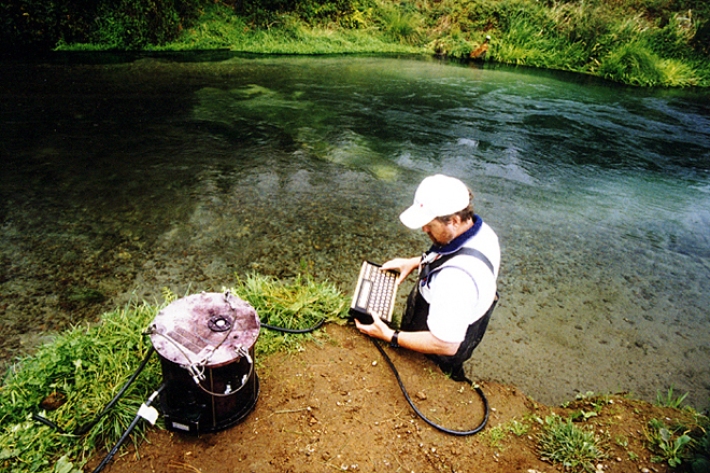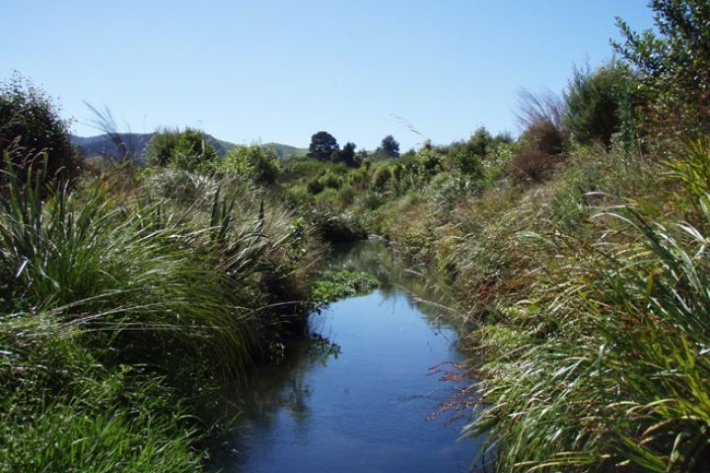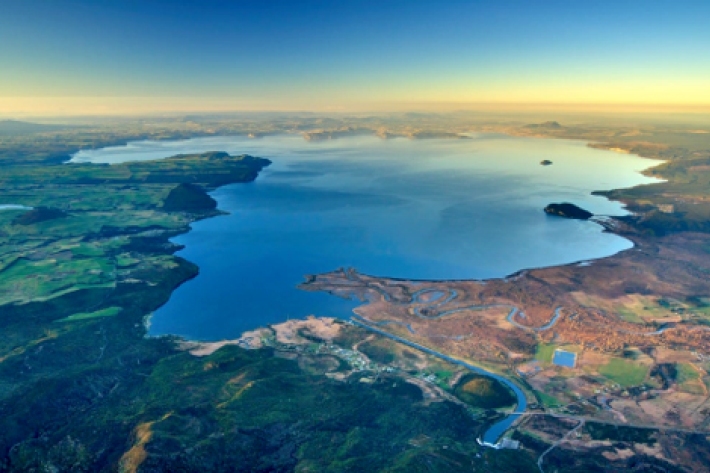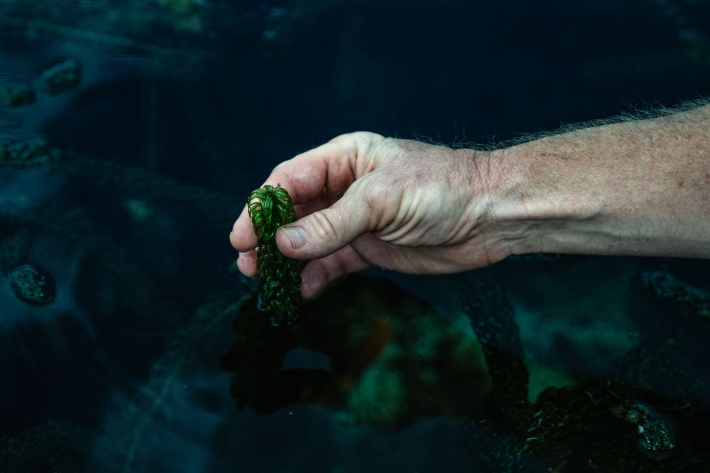-

Freshwater Ecological monitoring
We offer a range of ecological monitoring tools. -

Restoration of aquatic ecosystems
Research ProjectThis project aims to increase our knowledge of aquatic ecosystems and their restoration, and apply this to degraded streams, rivers, lakes and estuaries. -

How New Zealand's deep and large lakes reflect and are affected by climate change
Research ProjectA recently completed research programme undertaken by Earth Sciences New Zealand looked at the likely impact of climate change on deep lakes. -

Roto Whakamahu: Degraded lakes restoration using native plants
Research ProjectEarth Sciences New Zealand researchers are studying the optimal growing conditions of aquatic plants to help restore degraded lakes. -

Programme update June 2025
In this update we report on research activities over the last three months in the field, the lab and the development of a new resource. -

International collaborations
NIWA hosted a visiting scientist, Dr Cao, from the Wuhan Botanic Gardens, Chinese Academy of Sciences over January and February 2025. -

Identifying the gold clam
Know your invasive gold clam from your native pea clam and kaakahi/kaaeo. -

Invasive gold clam and kaakahi population survey
Assessing depth specific distribution and relative abundance of gold clam and kākahi at Lakes Maraetai and Karaapiro. -

Using artificial samplers to test the presence and settlement of juvenile gold clams
Filter traps are being used to study the invasive gold clam in the Waikato River. -

Exploring clam impact on native aquatic plants
The invasive gold clam (Corbicula fluminea) can reach very high population densities, which can harm freshwater ecosystems. -

Extreme Lakeover: NIWA’s Guide to Rolling Back Life into New Zealand Lake
Publication article26 March 2025A team of NIWA freshwater ecologists have completed their research on the use of biodegradable plant mats as life rafts to help reintroduce native aquatic plants to degraded freshwater lakes. -

New Technology Enhances River Digital Networks for Improved Water Management
Publication article21 March 2025NIWA scientists have launched a groundbreaking initiative that is transforming mapping of freshwater environments.
